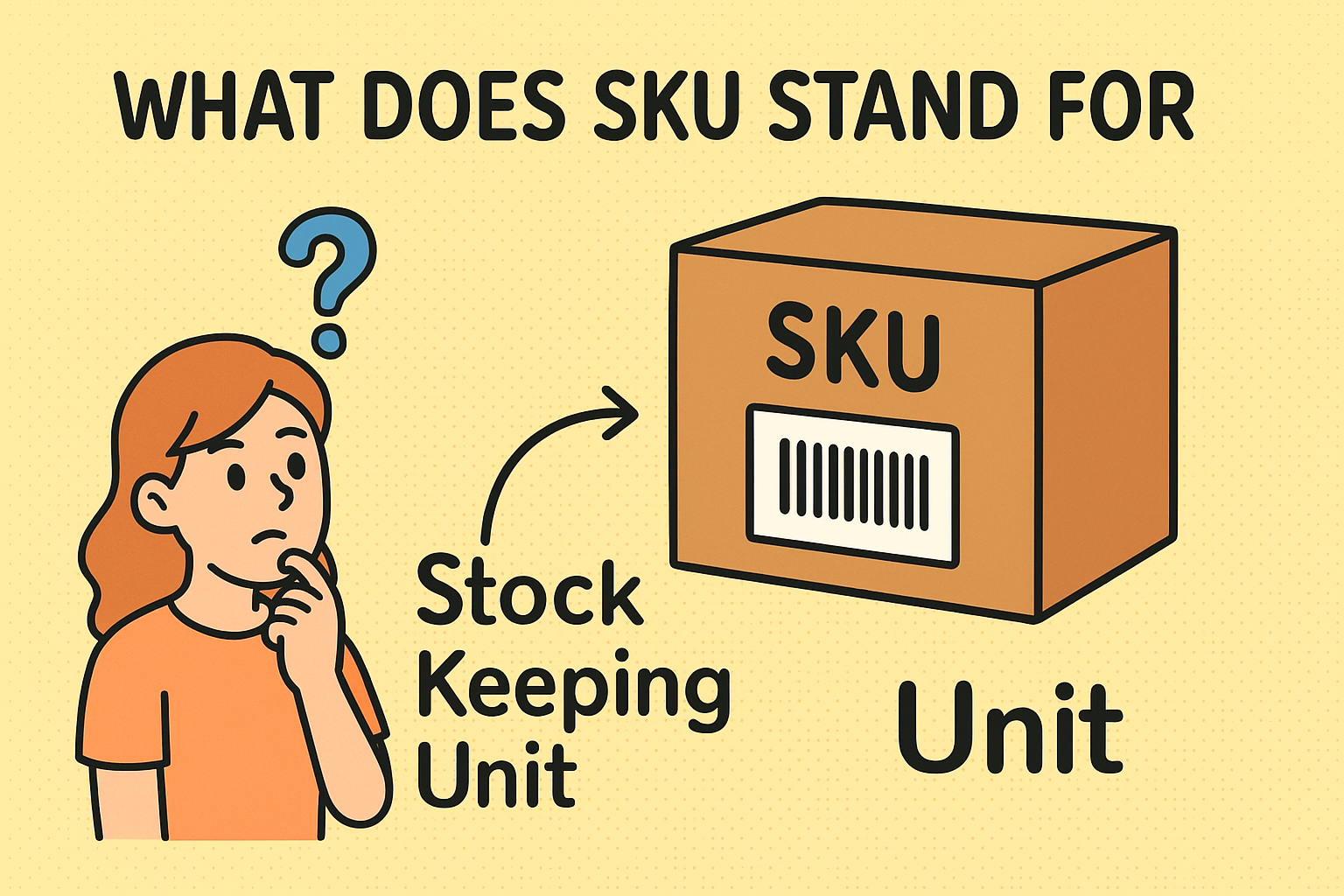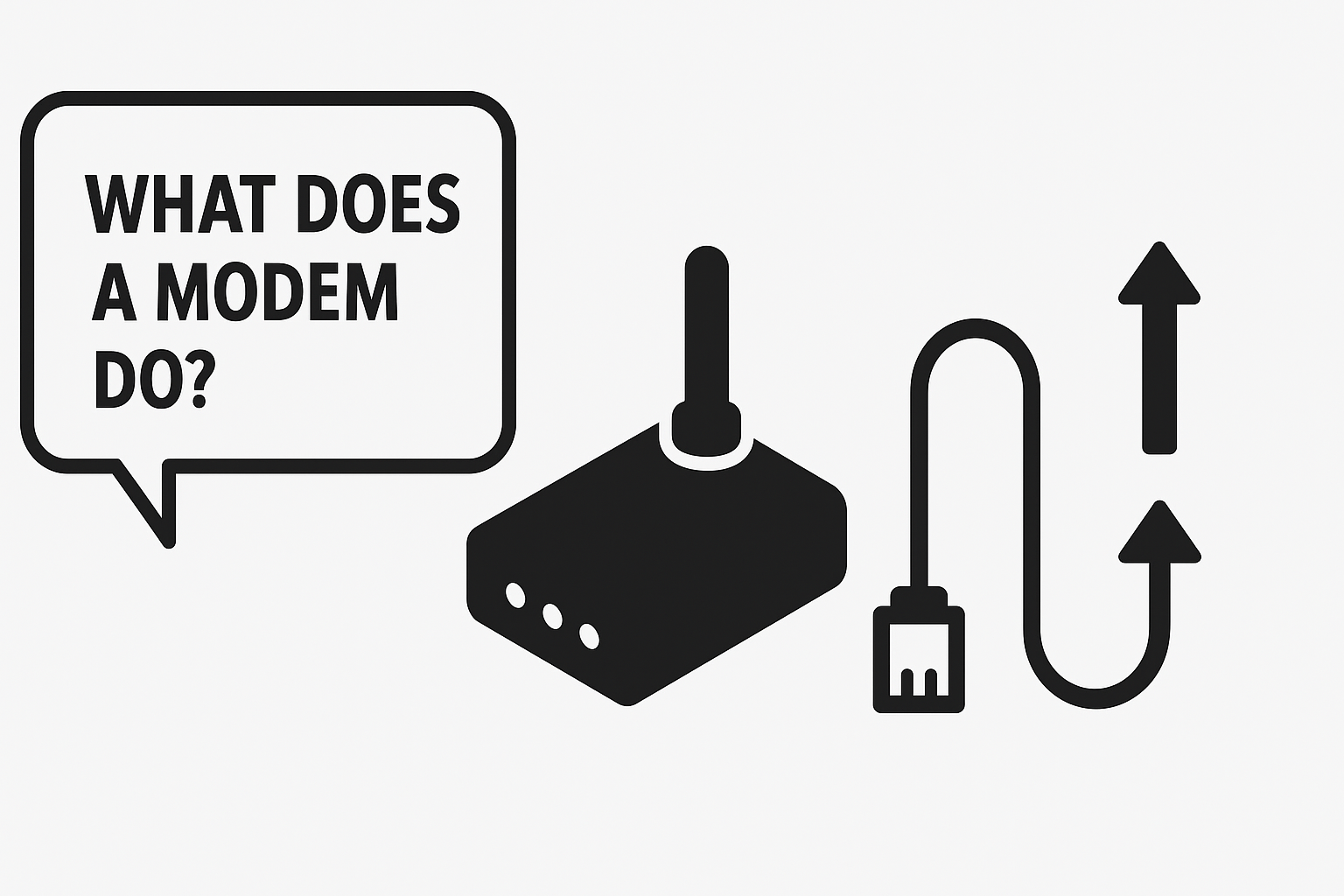What Does SKU Stand For? A Complete Guide for Retail and Beyond
Updated on July 31, 2025, by Xcitium

If you’ve ever worked in retail, logistics, or eCommerce, you’ve likely encountered the term SKU. But what does SKU stand for, and why is it essential to every industry dealing with inventory?
SKU stands for Stock Keeping Unit. It’s a unique alphanumeric code assigned to a product for inventory tracking, management, and sales analysis. SKUs help businesses monitor stock levels, identify trends, and streamline operations. Whether you’re an IT manager setting up inventory systems or a cybersecurity expert integrating product tagging with asset tracking, SKUs play a crucial role.
🔍 What Does SKU Stand For?
SKU is short for Stock Keeping Unit, a term used to identify a specific product or item for sale. It typically consists of:
- Letters and numbers
- Encoded product attributes like size, color, style
- A format unique to the company
For example: SKU-TSH-RED-L-2024 might represent a red T-shirt, size large, in 2024’s inventory catalog.
Note: SKUs are created and managed by companies—unlike UPCs (Universal Product Codes), which are standardized.
📦 SKU Number Example: How It Looks in Real Life
Here’s a simple breakdown of a SKU number example for an electronics retailer:
ELX-IPH13-128GB-BLK
Explanation:
- ELX = Electronics
- IPH13 = iPhone 13
- 128GB = Storage size
- BLK = Black color
This SKU helps identify the exact product variant in seconds.
🛒 SKU Meaning in Retail
In retail, SKUs are indispensable. They help with:
- Inventory control: Track stock levels in real-time
- Sales reporting: Analyze which products are top-performers
- Order management: Prevent out-of-stock issues
- Shelf replenishment: Keep popular items well-stocked
Retail Use Cases
- Point-of-Sale systems scan SKUs to manage pricing
- Online stores use SKUs to differentiate product listings
- Warehouses use SKUs for product location mapping
📌 SKU vs UPC: What’s the Difference?
| Feature | SKU | UPC |
| Meaning | Stock Keeping Unit | Universal Product Code |
| Format | Alphanumeric (customizable) | Numeric (12 digits) |
| Usage | Internal (company-specific) | External (universal) |
| Example | SHOE-NIKE-BLUE-10 | 012345678912 |
| Who Assigns It | Retailer or company | GS1 (Global Standards Org) |
Think of SKUs as in-house labels, while UPCs are global identifiers.
🧰 How to Create and Use SKUs Effectively
Step-by-Step Guide
- Define product attributes: Size, color, model
- Use a standard format: Consistent structure (e.g., CAT-BRAND-ATTRIBUTES)
- Avoid duplicates: Every SKU must be unique
- Integrate with POS & ERP systems
- Educate your team: Ensure employees understand SKU logic
Best Practices
- Limit SKUs to 8–12 characters for readability
- Include version or batch information if necessary
- Regularly audit your SKU database
📈 Benefits of Using SKUs in Business Operations
- ✅ Accurate Inventory Forecasting
- ✅ Streamlined Warehouse Management
- ✅ Faster Order Fulfillment
- ✅ Reduced Operational Costs
- ✅ Improved Customer Experience (e.g., finding products online)
🛠 Stock Keeping Unit Explained for IT and Cybersecurity Leaders
For IT teams, SKUs aren’t just about products—they’re also used to:
- Track software licenses
- Organize hardware assets
- Assign maintenance schedules for devices
Cybersecurity professionals can link SKUs to endpoint IDs or IoT devices to strengthen asset control and visibility.
✅ Advantages of SKU Systems in eCommerce
- Seamless product filtering and search
- Easy catalog management
- More accurate performance analytics
Pro Tip: Combine SKUs with barcode scanning or RFID tags to boost real-time tracking efficiency.
📚 FAQ: Frequently Asked Questions
1. What does SKU stand for in simple terms?
SKU means Stock Keeping Unit—a unique code assigned to a product to track inventory and sales.
2. Is SKU the same as a barcode?
No. A barcode is a visual representation of data (often a UPC). A SKU is an internal product code used for tracking.
3. Can two products have the same SKU?
No. Each SKU must be unique to avoid confusion and inventory errors.
4. How do I find a product’s SKU online?
Look in the product description or tech specs section. Most eCommerce platforms display SKU for each product variant.
5. Why is SKU important in cybersecurity and IT asset management?
It helps track hardware/software assets, licenses, and vulnerabilities—essential for compliance and risk mitigation.
🎯 Final Thoughts
Understanding what SKU stands for is foundational to efficient business operations—whether you’re in retail, IT asset management, or cybersecurity logistics. A well-structured SKU system ensures transparency, reduces human error, and speeds up operations across the board.
Want to simplify your security and asset tracking infrastructure?
👉 Request a demo from Xcitium now














